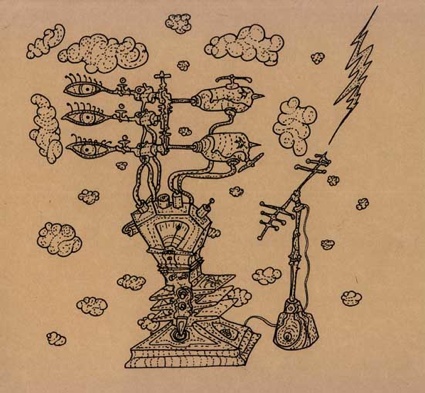On 12 July, the Arts Calalyst organised one last evening of discussions in its Clerkenwell Road HQ.
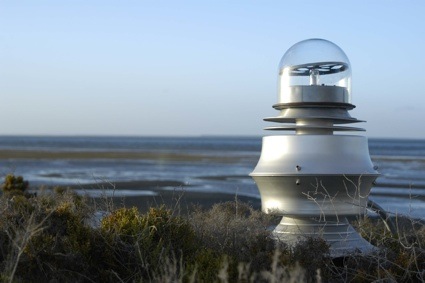 Ariel Guzik, Resonador espectral armónico
Ariel Guzik, Resonador espectral armónico
The Language of Cetaceans brought together two men who share a passion for whales. One is environmental scientist and marine biologist Mark Peter Simmonds who investigates and raises awareness about an issue that is far away from our sights: the threats to the life of marine mammals caused by the increasing emissions of loud noise under water. The other is artist and inventor Ariel Guzik who has spent the last ten years looking for a way of communicating with cetaceans.
The evening started with Nicola Triscott, Director of the Arts Catalyst, showing us the Field Guide To UK Marine Mammals. I had no idea there were whales, dolphins, seals and sharks sharks on the coast of the UK!
Next was Simmonds’ talk. It was very entertaining but also almost heartbreaking.
We might think that oceans are silent but they are filled with noises and animal conversations. First of all, marine mammals, fish, and a few invertebrates depend on sound to locate food, identify mates, navigate, coordinate as a group, avoid predators, send and receive alert of danger as well as transmit other types of information. It’s very dark deep in the ocean so hearing is the sense they rely the most on.
Nowadays, however, whales and other mammals cannot hear with each other because of all the man-made noise intruding on their habitat.
Some of these sounds are so loud, they are driving the animals away from areas important to their survival, and in some cases injuring or even causing their deaths. The intense sound pulses of mid-frequency military sonars, for example, have been linked to several mass whale strandings. But it’s not just the military that is to blame. The fossil fuel industry is firing loud air guns fusillades to detect oil buried under the seafloor, undersea construction operations drive piles into the seafloor and blast holes with explosives. Add to the picture, the dramatic growth in shipping traffic that generates a constant noise.
Whales are particularly vulnerable because they communicate over vast distances in the same frequencies that ship propellers and engines generate. The whales are not only unable to communicate with each other but they also panic when the noise gets too loud. When they are hit by a blast, the creatures flee, abandon their habitat and with that the source of their alimentation.
NGO Ocean Care has launched the Silent Ocean campaign. Have a look at their video, it explains the issue with more clarity and details.
Underwater Noise – The Overlooked Catastrophe
And here’s the video of Mark Peter Simmonds’s talk:
The Language of Cetaceans – Introduction and presentation by Mark Peter Simmonds
Ariel Guzik then presented his attempts at creating instruments that would mediate the communication between cetaceans and humans. One of his latest instruments is currently shown in the Mexican Pavilion at the Venice Biennale.
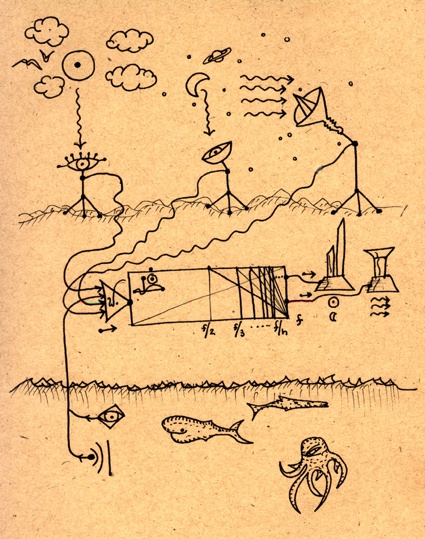
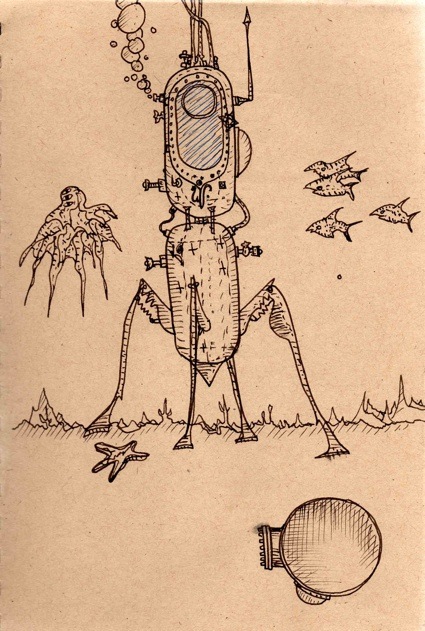
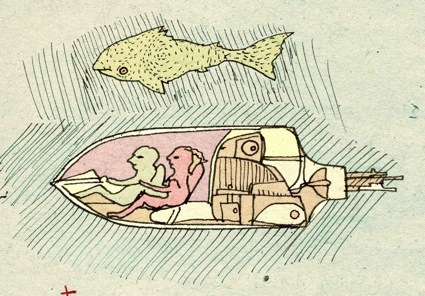
The devices that the artist developed over the course of his career go from Laúd Plasmaht which uses the electric variations of Mexican cactuses to make a concert for plants to Nereida, an underwater capsule that doubles as a musical instrument to establish contact with cetaceans.
Here’s Ariel Guzik’s talk. It is not as fast-paced and entertaining as the one by Mark Peter Simmonds but Guzik is one of those ‘crazy’ visionary artists whose work involves biology, physics, music and a deep respect for the environment. His work, i’m sure, will fascinate you:
Ariel Guzik – The Language of Cetaceans. Part 1
The rest of Ariel Guzik’s talk is over here!
